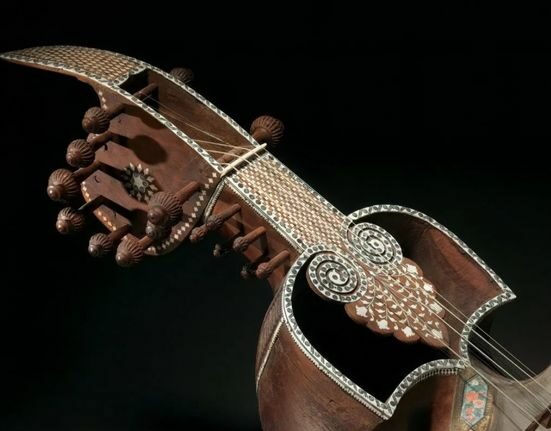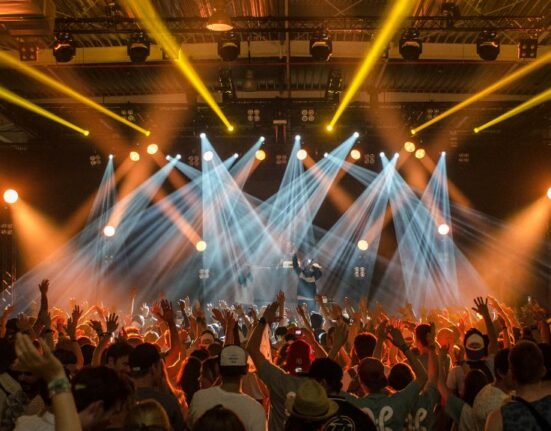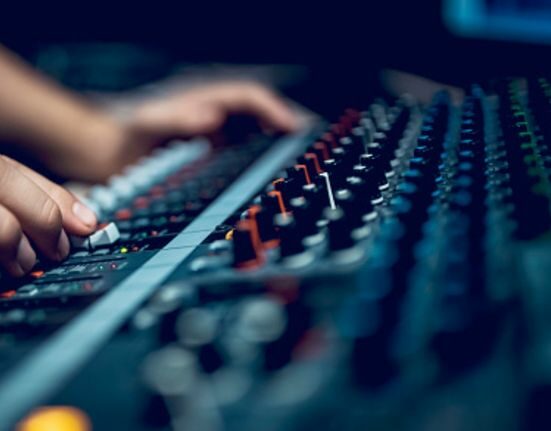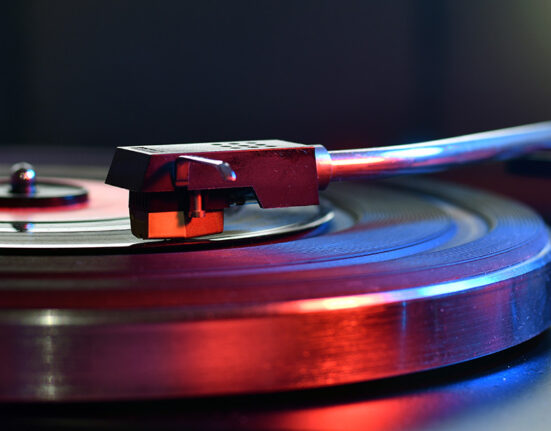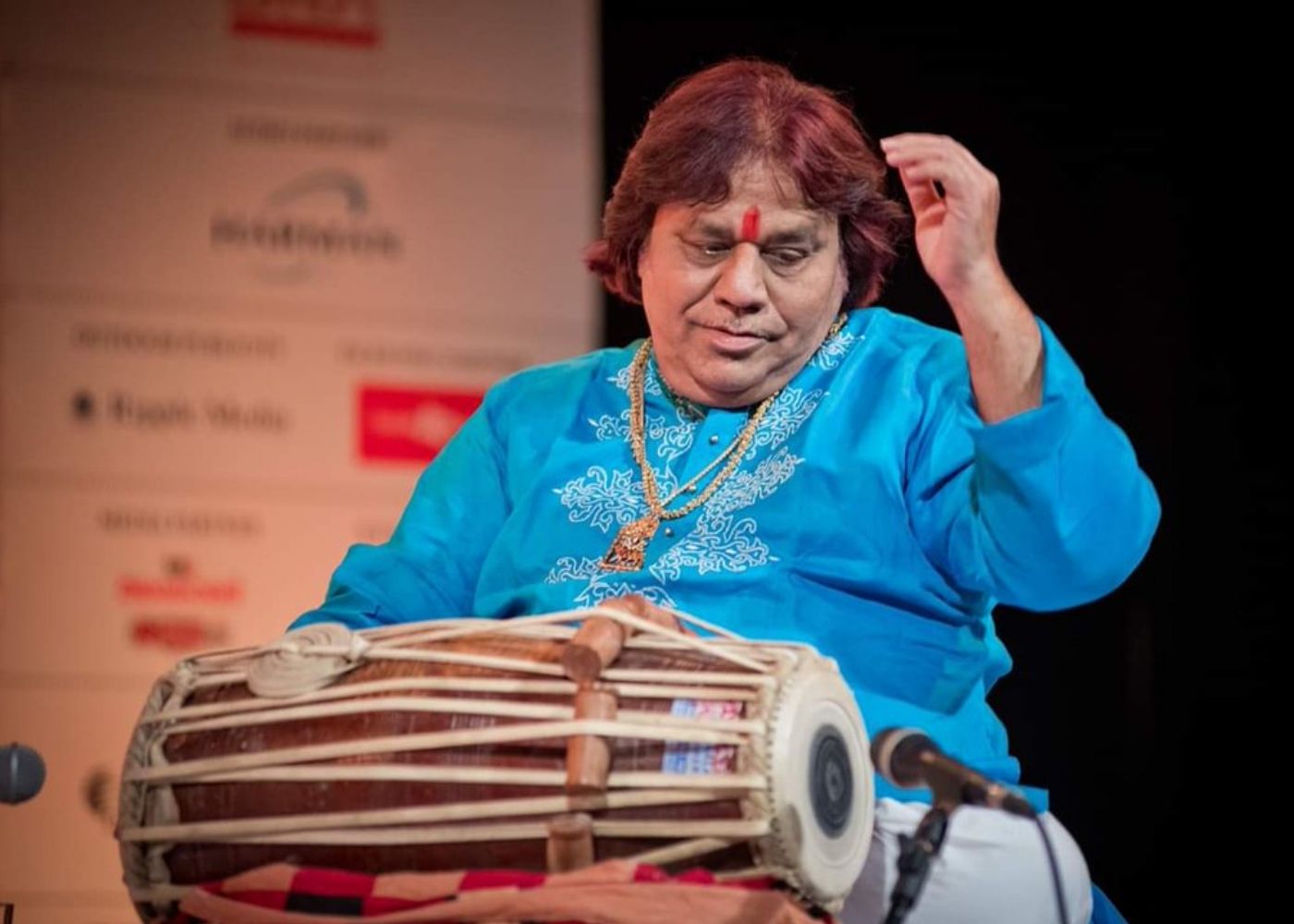One of the most ancient Indian traditional instruments is the Pakhawaj. Not many might know, but it has a rich spellbinding history associated with it. Read to find out more.
Saakshi Priyadarshini | BeatCurry Team
Indian Classical music is the gem that sits on the crown of the majestic Indian culture. Any kind of music gathers its distinctive features mostly because of the unique instruments that are used to create it. Well, considering that, Indian Classical music uses a collection of amazing instruments to render just the most enchanting music to exist. One such instrument is the Pakhawaj. The Pakhawaj is one of the most ancient Indian instruments to have ever existed. The Pakhawaj, explained.
THE INSTRUMENT
An asymmetrically convex, two-and-a-half feet barrel-shaped percussion instrument, the Pakhawaj is carved out from blocked wood usually derived from Shisham, Red sandalwood, Khair et cetera. The small right end accounts for tuning and produces a higher pitch than the larger left side which has half or one-third of the pitch as the right side. This is achieved by smearing a mixture of wheat flour and water on the left surface. The instrument then weaves its magic as the player sits cross legged in front of it and plays the complex rhythms and permutations flawlessly. When the instrument goes out of tune, the wooden tuning blocks can be pushed towards left or right to get everything back on track.
Pakhawaj Solo by Mahima Upadhayay
PAKHAWAJ IN MYTHOLOGY AND HISTORY
A lot of our gods are perceived as closely related to music. They are often regarded as the creators of music. It is said that Pakhawaj is a modified, more popular and a harmonical version of the Mridangam, an instrument one can see wielded by Lord Ganesha. The mythology and history of Pakhawaj are quite intriguing. It’s a popular belief that it was Lord Brahma who created the Pakhawaj. According to the legend, when Lord Shiva defeated the demon Tripurasura, he broke into an ecstatic and gleeful dance devoid of any rhythm which made the entire Earth shake and descend towards Rasaatal.
Therefore, to prevent the catastrophe, Lord Brahma made the Pakhawaj out of the dead demon’s body parts and taught Lord Ganesha to play the majestic instrument that would ultimately render the intoxicating beats on which Lord Shiva could dance. The rhythmic dance ceased the trembling of Earth and thus saved it from destruction. Other than these, both Ramayana and Mahabharata have extensive mentions of the Pakhawaj. The primitive paintings and statues in temples, caves and excavated items from Mohenjo-Daro seem to show wearing and playing a Pakhawaj or Mridang.
The Pakhawaj came to India during the Mughal era at the beginning of the 14th century and thus heavily impacted North-Indian classical music. In Punjab, the Pakhawaj has been played since the era of their fifth guru-Guru Arjun Singh. Many Bhakti Yug poets glorified the instrument in their writings as well.
Listen to the sounds of Pakhawaj here:
THE MAJESTIC LEGACY OF THE PAKHAWAJ
Although the instrument is like the glorious king who was somewhat forgotten by the turning pages of history and the ever transient trends of music, it never lost its importance in the world of music. The old man of modern-day percussion instruments like the Tabla and Dholak are still the main instruments used in all the ancient Indian music forms. Pakhawaj is an irreplaceable instrument in the different styles of Hindustani Classical music forms be it Dhrupad Gayaki, Dhamar, Var or Chantt.

Photo Courtesy: Udupa Foundation
The instrument was highly prevalent by the late 18th century and was seen as a revered instrument as it was used mainly in Dhamar Gayaki along with Rabab, Sursingar and Surbahar. Various Gurbani Kirtans, devotional offerings at Gurudwaras, usually sung in the difficult Dhrupad style extensively used the Pakhawaj because it could render the proper bass, rhythm and intricate cycles of taal.
Things started changing with the rising popularity of Khayal Gayaki in the early 19th century, which focussed more on the ‘emotional value’ or ‘Bhava’ of the music. Actually, the Tabla could maintain the emotive values and delicate nature of Khayal Gayaki as it is played with fingers, unlike the Pakhawaj, which is played by one’s open hand (thapi) that could sometimes overpower the Khayal, Sitar or Thumri bols. Despite all these, the renditions of Pakhawaj could never be completely played through Tabla. One can play the notes of Tabla on Pakhawaj but vice versa couldn’t be achieved.
CONTEMPORARY RELEVANCE OF THE PAKHAWAJ
The instrument is regarded as the soul of Kathak, Haweli and other traditional music and dance forms. As a ‘Sampurna Saaj’ (complete instrument) one can listen to hours of Pakhawaj solo performance and not need a vocal rendition. One can still hear the Pakhawaj in various music devoted to Lord Shiva and his Natraj dance.
Several Gharanas are known especially for the Pakhawaj players they produce and their distinct styles. Nathdwara Gharana, Kudau Singh Gharana, Nana Saheb Panse Gharana, Gurav Parampara of Maharashtra, Gwalior, Jodhpur, Jaipur and Bengal are some of the well known Pakhawaj Gharanas. Many Pakhawaj players of modern times like Pt. Bhavani Shankar, Ayodhya Prasad, Dalchand Sharma, Purshottam Das et cetera have been produced by these Gharanas that are still keeping the melody and soul of this heavenly instrument alive.
CONSENSUS
Indian Music has maintained its class and survived the test of time by keeping up with the evolution. Yet, no matter how much our music changes, it’s the soul that will always remain. Pakhawaj’s spellbinding power might be unknown to us, but it definitely deserves the same reverence and place in the heart of every Indian music lover, just like any other classical instrument.
Articles you’d like to read:
‘Tuned to perfection’ – Small town in Gujarat making the best harmoniums
All about the Middle-Eastern Qanuns
Ali Sethi-Not Just A Voice, A Feeling
A sound so familiar, yet so rare! The ancient instrument-Esraj
If you’d like to know about the unique and versatile forms and flavours of music,
Follow us on Facebook, Instagram and YouTube
And stay tuned for #allthingsmusic from BeatCurry.com

